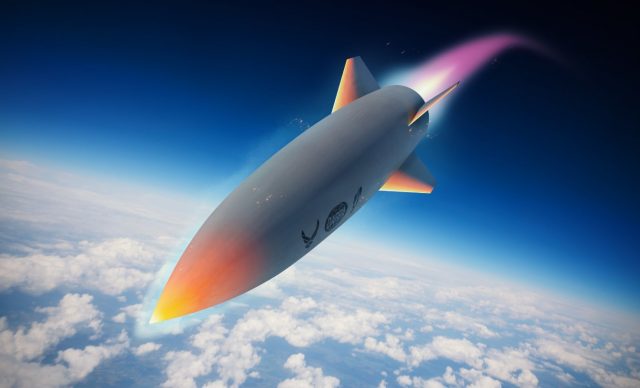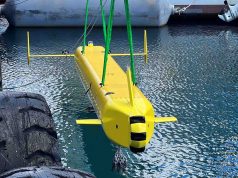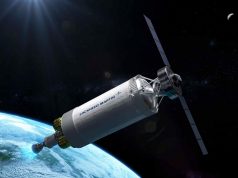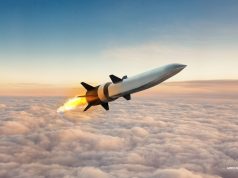After first reports of a secretly-held hypersonic missile test emerged earlier today, the US Defense Advanced Research Projects Agency (DARPA) confirmed it had conducted the second successful flight test of the Hypersonic Air-breathing Weapon Concept (HAWC).
Working with the US Air Force Research Lab (AFRL), Lockheed Martin and Aerojet Rocketdyne, DARPA tested the missile at speeds in excess of Mach 5 and altitudes greater than 65,000 feet.
The test of the HAWC concept, which has so far scored significantly greater success than the AGM-183A Air-Launched Rapid Response Weapon (AARRW) hypersonic missile, furthered the understanding of operations in the high-speed flight regime, DARPA said.
As explained by DARPA, the vehicle was boosted to its Aerojet Rocketdyne scramjet engine ignition envelope after release from a carrier aircraft. From there, it quickly accelerated to and maintained cruise faster than Mach 5 (five times the speed of sound) for an extended period of time. The vehicle reached altitudes greater than 65,000 feet and flew for more than 300 nautical miles.
While DARPA did not specify when the test took place, a CNN report said the event took place in mid-March, but was not immediately publicly announced in the wake of Russia’s invasion of Ukraine.
This is the second successful flight in DARPA’s HAWC program. Last September, a different vehicle configuration from another contractor team also reached hypersonic flight.
“This Lockheed Martin HAWC flight test successfully demonstrated a second design that will allow our warfighters to competitively select the right capabilities to dominate the battlefield,” said Andrew “Tippy” Knoedler, HAWC program manager in DARPA’s Tactical Technology Office. “These achievements increase the level of technical maturity for transitioning HAWC to a service program of record.”
Air-breathing vehicles utilize air captured from the atmosphere to achieve sustained propulsion. The speed and maneuverability of such hypersonic cruise missiles allow both evasion of defenses and quick strikes. Their kinetic energy can effectively destroy targets even without high explosives.
“We are still analyzing flight test data, but are confident that we will provide the US Air Force and Navy with excellent options to diversify the technology available for their future missions,” said Knoedler.



























